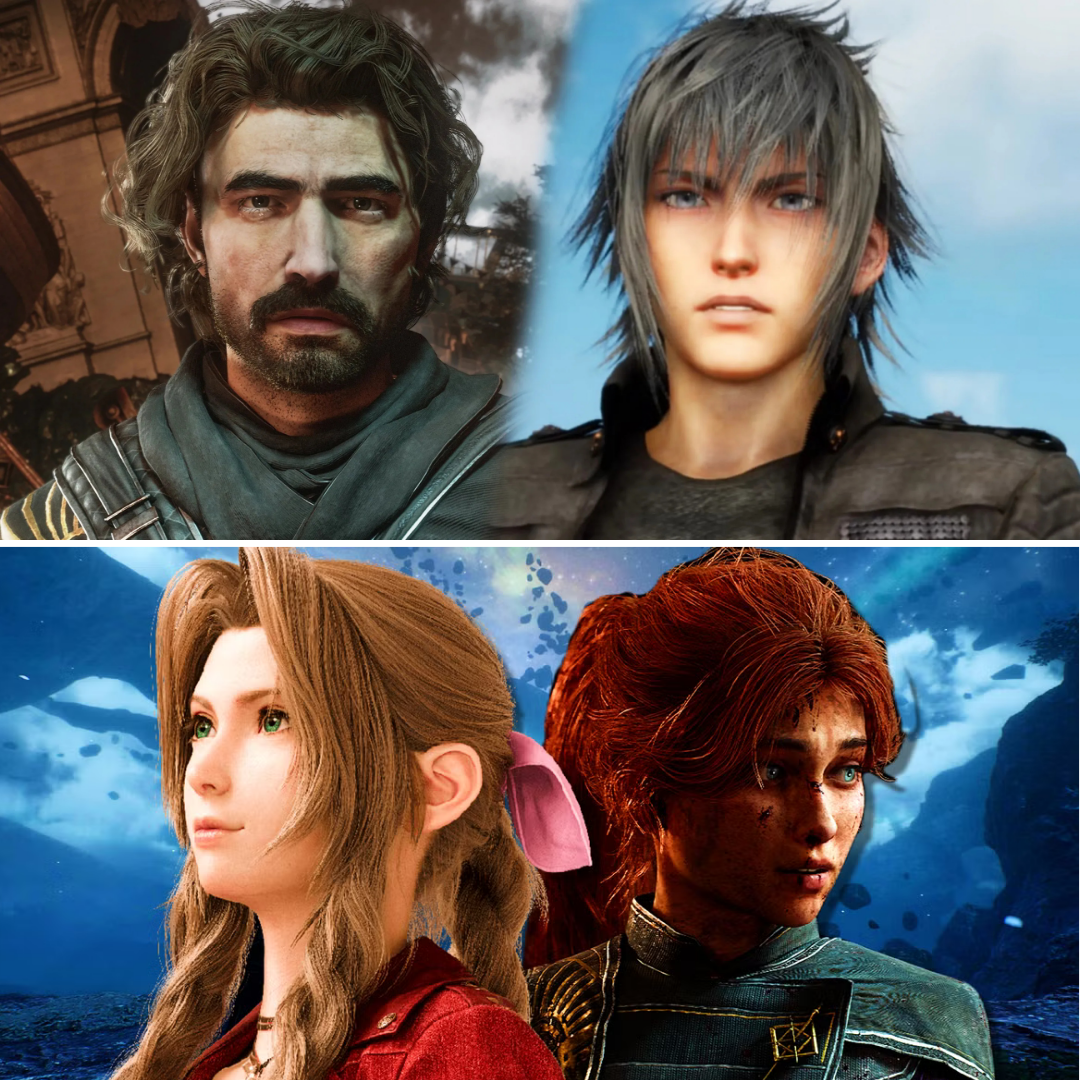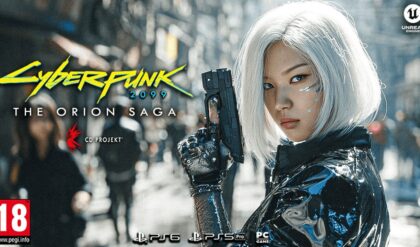Despite its meteoric rise as a critically acclaimed JRPG, Clair Obscur: Expedition 33 has stumbled in Japan, a market revered as the heartland of the genre. Developed by French indie studio Sandfall Interactive, the game has sold over two million copies worldwide since its April 24, 2025, release, earning accolades for its innovative turn-based combat, breathtaking Unreal Engine 5 visuals, and a haunting narrative inspired by France’s Belle Époque era. Yet, in Japan, the game has sold a mere 9,825 copies on PlayStation 5 between April 21 and May 4, 2025, a stark contrast to its global success. Some Japanese gamers have dismissed it as a “poor-quality knockoff” of Final Fantasy, raising questions about cultural expectations, market dynamics, and the challenges of breaking into Japan’s fiercely loyal JRPG fanbase.

The game’s premise is gripping: in the city of Lumière, a deity known as the Paintress awakens annually to erase everyone of a specific age by inscribing a cursed number on her monolith. As the number drops to 33, Expedition 33—a group of six 33-year-olds led by engineer Gustave—embarks on a perilous quest to defeat her. The narrative weaves themes of sacrifice, grief, and existentialism, delivered through a 30-hour main story with an additional 30 hours of side content. Its combat system blends traditional turn-based mechanics with real-time elements, such as dodging, counterattacks, and quick-time events, drawing inspiration from Persona and Final Fantasy. The game’s art direction, powered by Unreal Engine 5, creates a surreal, painterly world, while Lorien Testard’s evocative soundtrack amplifies its emotional depth.
Globally, Clair Obscur: Expedition 33 has been a phenomenon. Within 72 hours of launch, it sold one million copies, with nearly 800,000 on Steam alone. By May 6, 2025, it reached two million sales, surpassing Final Fantasy VII Rebirth’s 2.1 million and Metaphor: ReFantazio’s one million. On Steam, it boasts a 92.52% positive review rating, outscoring most Final Fantasy titles, including Final Fantasy IX at 92.2%. Metacritic scores average 92, placing it among the highest-rated JRPGs in years. French President Emmanuel Macron even praised it as a testament to French creativity, while revered Japanese developers have lauded its ambition. Physical copies sold out in many regions, and its concurrent Steam player count peaked in its second week, a rare feat.
In Japan, however, the reception has been lukewarm. Posts on platforms like X reveal a sentiment among some gamers that the game, despite its polish, feels like an imitation of Final Fantasy’s aesthetic and storytelling. The comparison is not unfounded. Clair Obscur’s realistic yet stylized visuals, emotional narrative, and sprawling world echo Final Fantasy’s signature blend of spectacle and depth. Its Lumière setting, a fantastical take on Paris, mirrors the grand, culturally infused cities of Final Fantasy titles like Midgar or Zanarkand. Yet, Japanese players, steeped in a rich JRPG tradition, appear to view these similarities as derivative rather than homage. The term “poor-quality knockoff” suggests a perception that Clair Obscur lacks the authenticity or innovation of Square Enix’s iconic franchise.
Several factors may explain this disconnect. Japan’s JRPG market is fiercely competitive, dominated by established giants like Final Fantasy, Dragon Quest, and Persona. These franchises have cultivated loyal fanbases over decades, with cultural resonance rooted in Japanese storytelling tropes, character archetypes, and art styles. Clair Obscur, as a Western-developed title, faces the challenge of penetrating this insular market. Its Belle Époque-inspired aesthetic, while visually stunning, may feel foreign to players accustomed to anime-inspired or distinctly Japanese settings. The game’s darker, more melancholic tone—described as a blend of Final Fantasy X’s tragedy and Annihilation’s surrealism—might clash with preferences for lighter, more fantastical narratives in some JRPG circles.
The combat system, while innovative, could also be a point of contention. Clair Obscur’s hybrid approach, mixing turn-based strategy with real-time mechanics like free-aim shooting and quick-time events, deviates from the purist turn-based systems of classic Final Fantasy titles. Some Japanese gamers, as seen in online discussions, prefer traditional mechanics or the action-oriented evolution seen in Final Fantasy XVI and Final Fantasy VII Rebirth. The game’s interface, criticized for being less user-friendly than Persona’s sleek menus, and its camera, which shifts frequently during cutscenes, may further alienate players who prioritize polish in every detail.
Market dynamics also play a role. Japan’s gaming culture heavily favors domestic developers, with Square Enix, Atlus, and Bandai Namco commanding immense brand loyalty. Clair Obscur’s $50 price tag (approximately 770,000 VND for the Standard Edition) is competitive compared to $60-$70 AAA titles, but its indie status and lack of a storied legacy may deter risk-averse consumers. The game’s availability on PlayStation 5, Xbox Series X|S, and PC, plus its inclusion in Game Pass, broadens its reach globally but doesn’t guarantee traction in Japan, where PlayStation dominates but brand recognition is king. The low sales figure of 9,825 copies on PS5 suggests limited retail presence or marketing push, possibly overshadowed by concurrent releases like Dragon Quest III HD-2D Remake.
Cultural perceptions of Western JRPGs add another layer. While Clair Obscur draws heavily from Japanese influences, some gamers in Japan may view its French origins with skepticism, as reflected in online forums where players contrast its “realistic” character designs with the chibi or anime aesthetics of traditional JRPGs. The game’s voice acting, featuring talents like Charlie Cox and Jennifer English, and its French-infused soundtrack may feel less accessible to players expecting Japanese voiceovers or J-pop-inspired music. Even the game’s narrative, centered on existential themes and Western philosophical undertones, might not resonate as strongly as Final Fantasy’s blend of universal emotions and Japanese cultural motifs.
The “knockoff” label also hints at a broader industry tension. Clair Obscur’s success has sparked discussions about the viability of turn-based JRPGs, with some analysts suggesting Square Enix’s shift toward action-oriented titles like Final Fantasy XVI may have left a gap that Sandfall Interactive filled. This has reportedly caused frustration among Square Enix developers, as Clair Obscur proves there’s still demand for turn-based systems. Yet, in Japan, where Final Fantasy is a cultural institution, any game perceived as mimicking its formula faces intense scrutiny. The game’s high Steam ratings and global sales demonstrate it’s far from “poor quality,” but cultural gatekeeping may amplify negative perceptions.
Despite these challenges, Clair Obscur has found some Japanese fans. Posts on X highlight players who appreciate its story and setting, comparing it favorably to Final Fantasy for its emotional depth and challenging bosses. These voices, however, are drowned out by the broader narrative of disappointment. Sandfall Interactive’s small team of 30 developers has achieved a remarkable feat for a debut title, but breaking into Japan requires more than critical acclaim. A stronger marketing campaign, localized content like Japanese voiceovers, or a demo—rumored to be in development—could help shift perceptions.
Looking ahead, Clair Obscur: Expedition 33’s global triumph underscores its quality, but its Japanese struggle highlights the complexities of cross-cultural game development. The JRPG genre, while universal in appeal, remains deeply tied to its Japanese roots. For Sandfall, the path forward involves bridging this cultural gap without losing the unique identity that made the game a standout. As the industry watches, Clair Obscur’s journey may inspire other indie studios to challenge genre conventions, even if the road to acceptance in Japan remains steep.
In conclusion, Clair Obscur: Expedition 33 is a testament to the power of passion and innovation, but its lukewarm reception in Japan reveals the high bar set by JRPG titans. Whether it can overcome the “knockoff” stigma and win over Japanese gamers remains to be seen, but its global legacy is already secure. For now, Sandfall Interactive stands tall, proving that even a small studio can rival the giants—except, perhaps, in the land where JRPGs were born.





